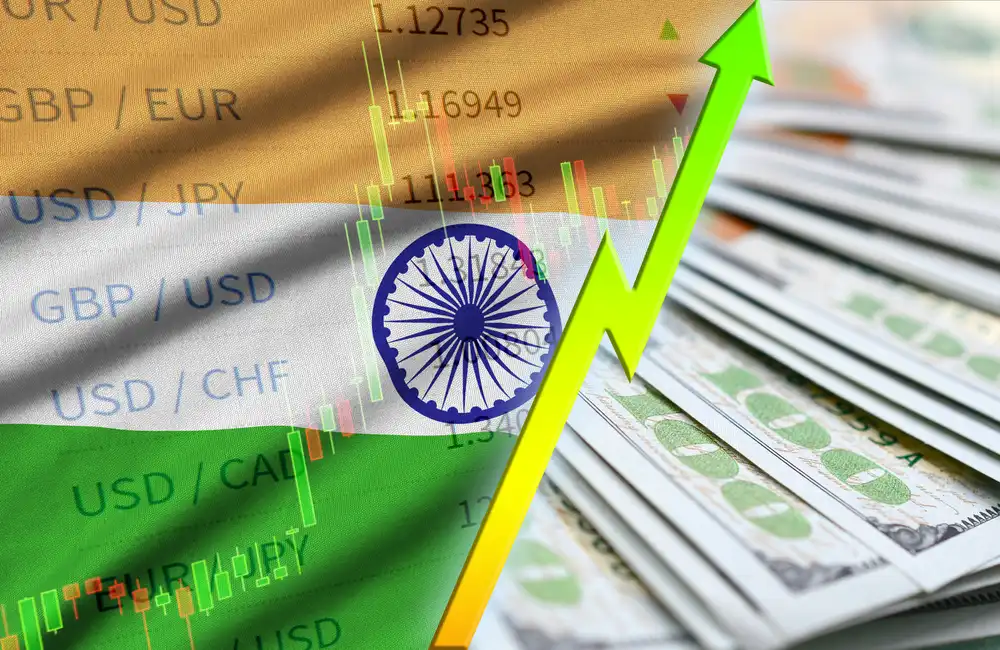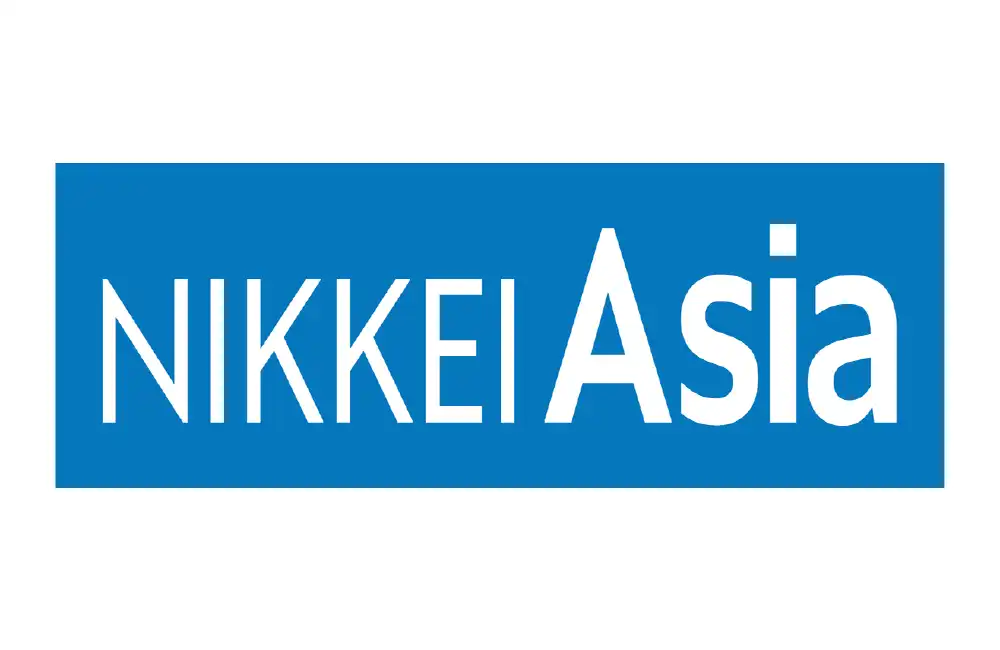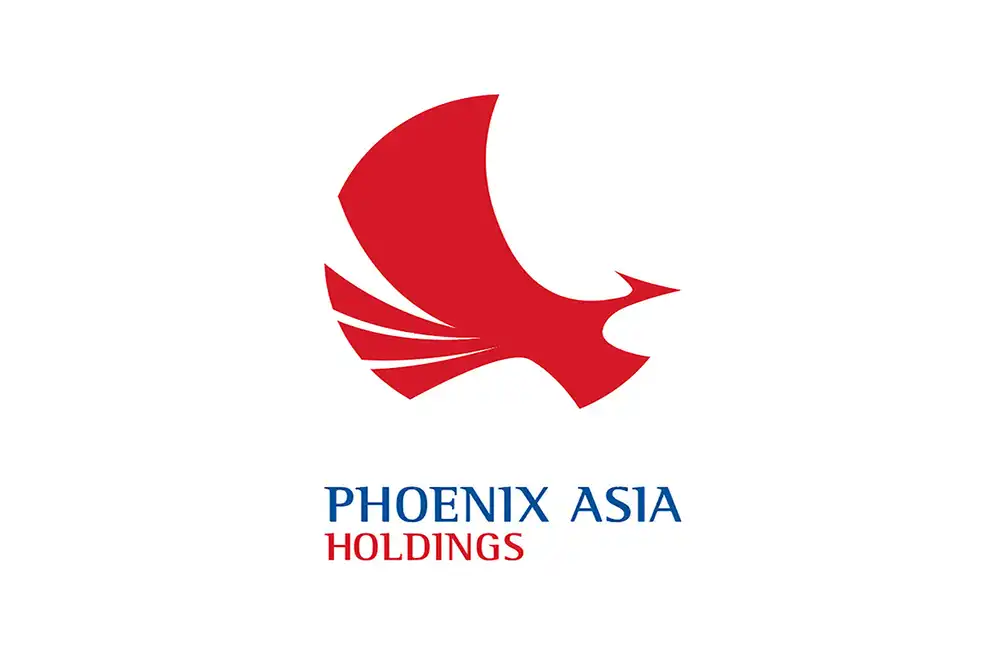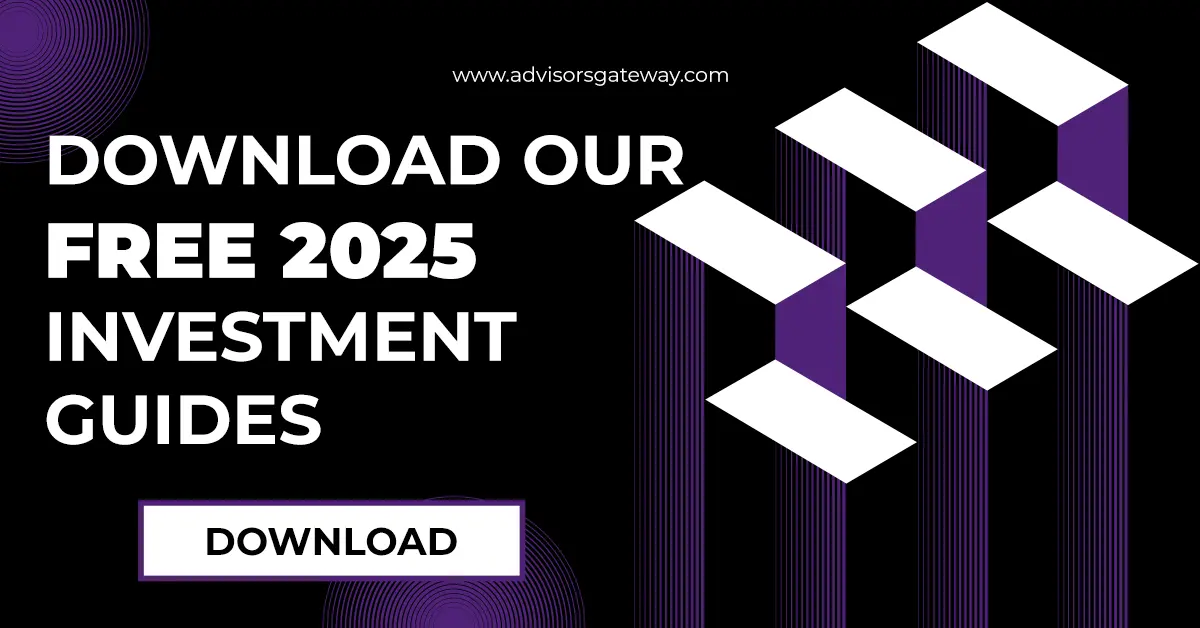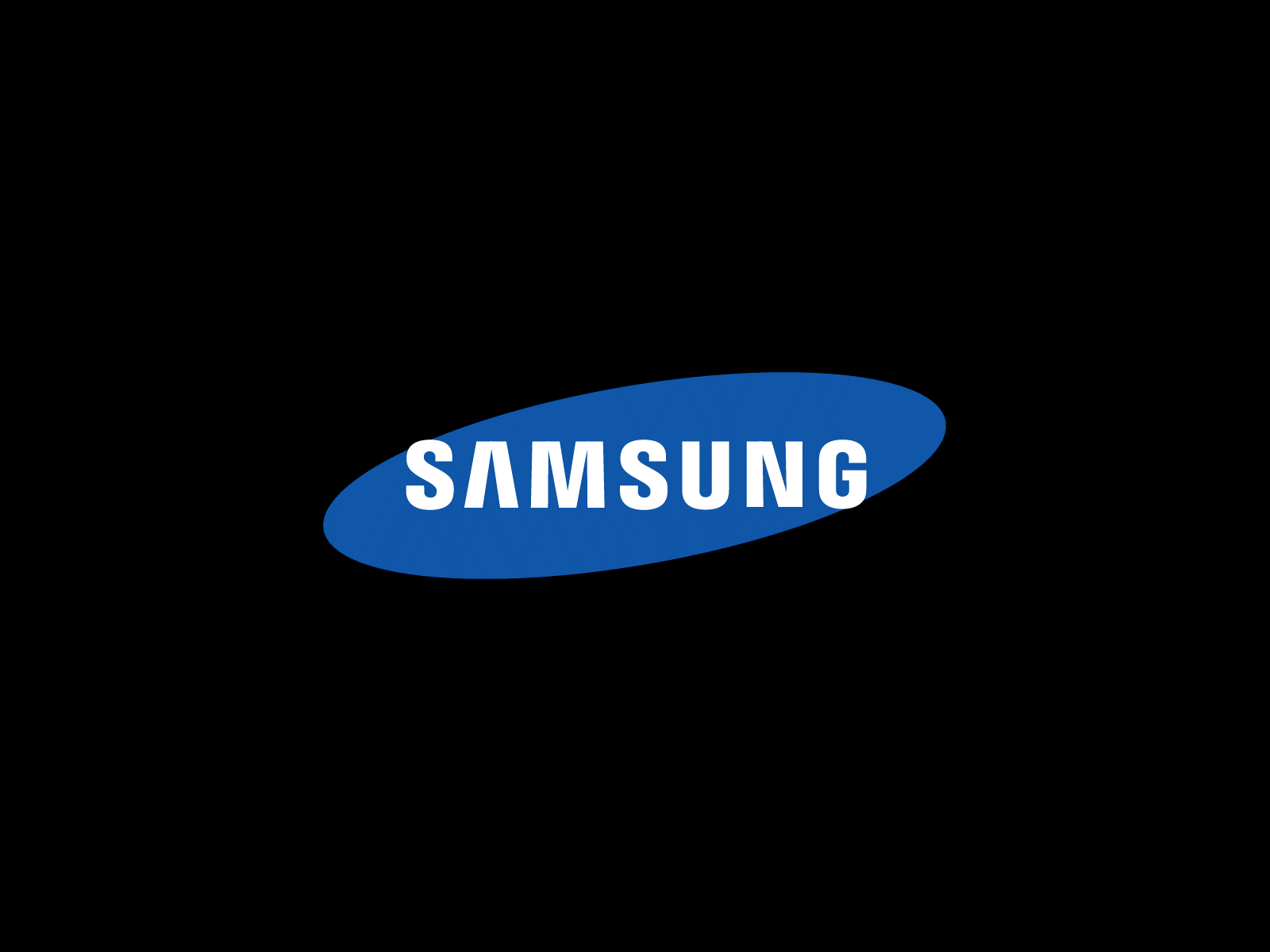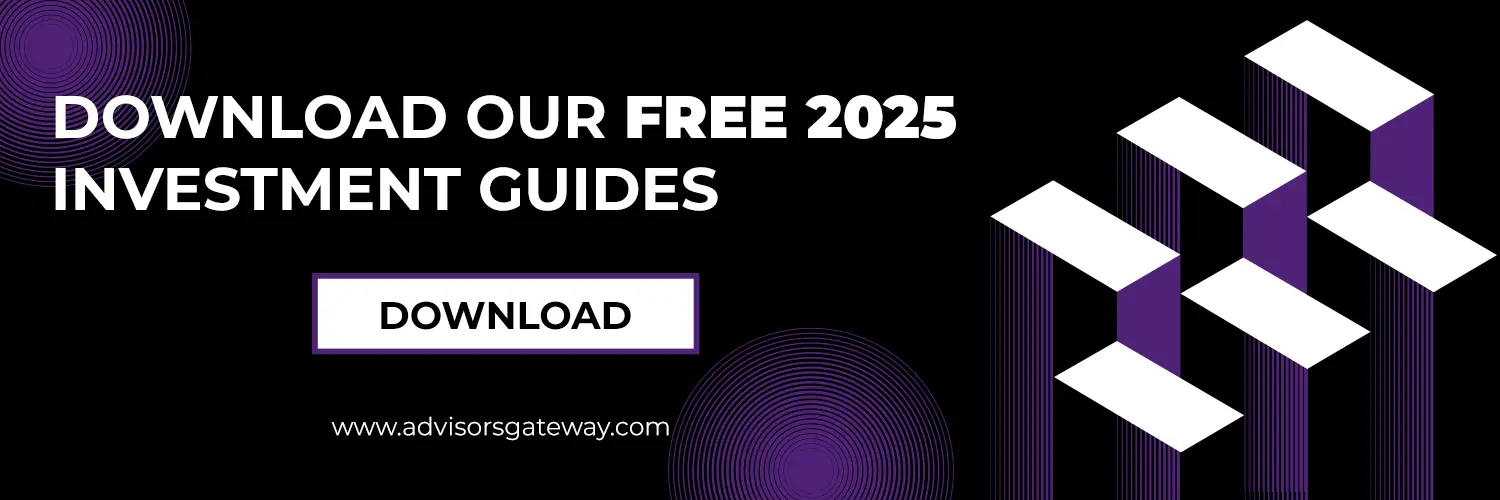Commodities present a thrilling investment opportunity that enables portfolio diversification while providing protection from inflation. Investors need to understand factors that drive commodity prices and how to interpret these factors to make informed market decisions.
This article examines the main factors that create commodity price changes while showing where to track trends and detailing practical investment strategies based on these findings.
Why Do Commodity Prices Fluctuate?
The inherent volatility of commodity prices results from multiple interconnected factors that can instantly alter market dynamics. Here are the primary drivers:
1. Supply and Demand
The core determinant of commodity pricing revolves around supply and demand interactions. The combination of weather disruptions, poor harvests and industrial bottlenecks can create supply shortages which result in higher commodity prices. Excess supply conditions typically result in lower commodity prices. Changes in demand through industrial activity growth or consumer behavior alterations serve as critical market factors.
2. Geopolitical Events
Political stability and international relations have strong connections with global commodities such as oil, gas, and precious metals. The disruption of supply chains by conflicts in resource-rich regions along with sanctions and trade embargoes creates severe price increases. Tracking geopolitical developments remains essential for predicting market fluctuations in commodity sectors.
3. Economic Cycles
Commodities often reflect the broader economic environment. The demand for industrial metals along with energy and agricultural products generally rises during economic growth periods. The onset of a recession or economic slowdown reduces consumer demand which subsequently pushes prices down. Knowledge of our current position within the economic cycle enables accurate predictions about price movements.
4. Inflation
Gold and silver function as classic inflation protection assets. Increases in inflation tend to trigger higher demand for safe-haven assets resulting in price rises. During inflationary periods investors frequently turn to the commodity market to protect their purchasing power.
Best Sources for Monitoring Commodity Trends
Investors who want to follow global commodity market trends must access dependable information and receive timely updates. These resources stand out as excellent ways to stay informed:
1. Government and Industry Reports
Reports published on a regular basis by government and industry organisations deliver critical insights into commodity markets.
- US Geological Survey (USGS): The US Geological Survey provides comprehensive reports that detail worldwide mineral and metal production.
- International Energy Agency (IEA): Comprehensive analyses of global energy markets.
- Organisation of the Petroleum Exporting Countries (OPEC): The Organisation of the Petroleum Exporting Countries releases monthly publications analyzing oil supply levels, demand patterns and price predictions.
These organizations deliver reliable information backed by data analysis which enables investors to track supply and demand patterns.
2. Market Indices and Futures Contracts
Monitoring market indices alongside commodities futures delivers immediate information about price trends and anticipates future market results.
- Bloomberg Commodity Index (BCOM): The Bloomberg Commodity Index provides an extensive overview of the market by monitoring the price movements of various goods.
- London Metal Exchange (LME): The London Metal Exchange serves as the primary trading platform for industrial metals including aluminium and copper along with nickel.
- Chicago Mercantile Exchange (CME): The Chicago Mercantile Exchange provides futures contracts for commodities like gold and crude oil together with agricultural products.
By watching these indices and futures contracts traders can detect shifts in market sentiment and emerging trends.
3. Global Economic Indicators
Economic indicators frequently act as precursors to market transformations within commodity sectors.
- Inflation Data: Indicates potential demand for precious metals.
- Purchasing Managers' Index (PMI): The Purchasing Managers' Index serves as a predictive tool for industrial activity trends and metal energy consumption needs.
- Crude Oil Inventories Reports: The reports on crude oil inventories serve as valuable tools for forecasting the future supply quantity and pricing of oil.
4. News and Geopolitical Developments
Make sure to monitor worldwide events that may affect commodity markets including:
- Supply chains face interruptions when natural disasters strike or political instability emerges.
- The outcomes of trade negotiations and imposed tariffs influence international export and import activities.
- Shifts in energy policy or environmental regulations.
Reuters, Bloomberg, and Financial Times deliver timely accurate reporting on these developments.
Actionable Strategies for Commodity Investments
After grasping the elements that drive commodity prices and identifying where to access crucial data points, you should establish a defined investment strategy. Below are some actionable approaches:
1. Physical Commodities
Physical commodities investments such as gold and silver serve as effective protective measures against inflation while helping to maintain wealth. Consider how logistical hurdles and storage plus insurance expenditures may impact your investment strategy.
2. Commodity Exchange-Traded Funds (ETFs)
Investors can use ETFs as a straightforward investment method to gain exposure to commodities since these funds follow the value of specific assets or commodity collections. Investors have access to ETFs which track energy assets such as crude oil and agricultural products. New investors find them both affordable and easy to access.
3. Mining and Resource Stocks
Investing in mining and oil companies serves as an effective approach to tapping into commodity production. Investors can benefit from market trends indirectly because company share prices often move together with commodity prices.
4. Futures Contracts
Investors use futures trading as a method to predict how a commodity's price will change over time. Investing in futures trading can generate high returns but it remains a difficult and dangerous strategy that experienced investors handle best.
5. Diversification
Investors must follow essential rules when investing in commodities just like any other asset class. Do not risk too much of your investment portfolio in one specific commodity or market sector. Build a balanced investment portfolio by including different commodities and financial instruments such as ETFs and mining stocks.
Interpret Trends and Apply Knowledge Effectively
These three practical tips help you understand market trends so you can make smarter investment decisions.
- Look for patterns: Historical data enables investors to recognize patterns of recurring cycles and seasonal trends.
- Analyse correlations: Track how various commodities interact with broader market indicators alongside different asset classes.
- Risk management: Protect your investments by setting stop-loss orders for futures trading alongside portfolio diversification to minimize potential losses.
Stay Ahead with Expert Insights and Updates
Investors encounter both difficulties and prospects because the worldwide commodities market displays significant dynamism. To make effective investment decisions at the right time you need to stay informed.
Our biweekly newsletter delivers expert insights and strategic advice that help investors make informed decisions in the commodities market. Access our exclusive guide now to discover profitable opportunities and master market movements.
This platform launches your journey towards enhanced commodity investment strategies.











